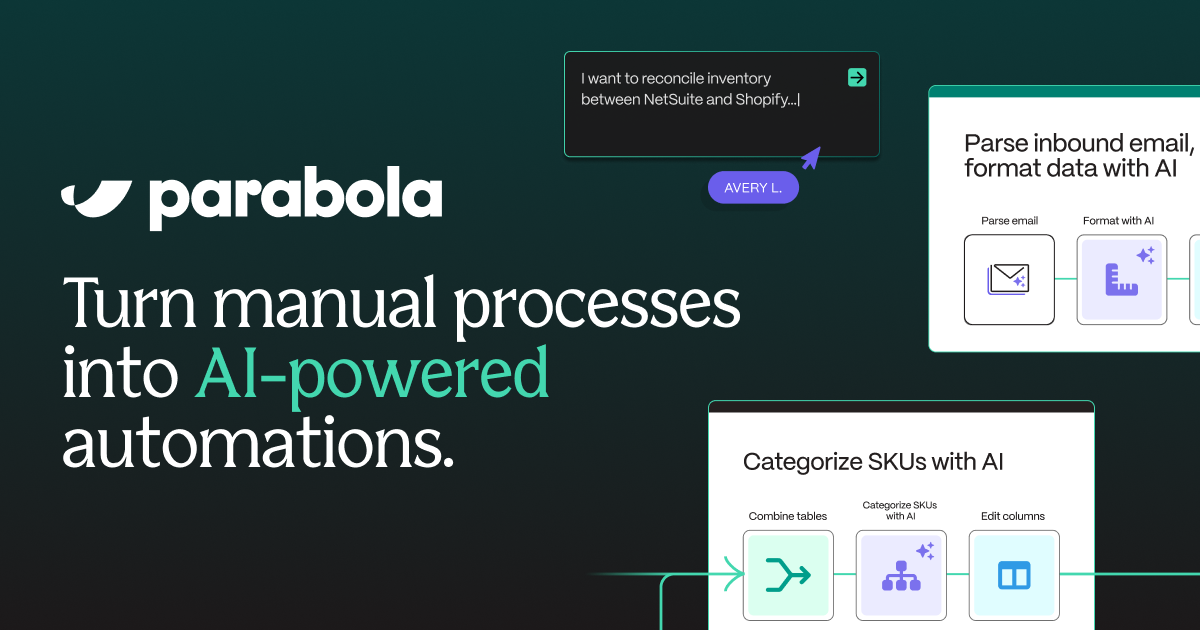Remove Duplicate Rows or Values From Your CSV Data – Free Template
Remove duplicate rows or values from your CSV data without writing a single line of code.

Remove duplicate rows or values from your CSV data without writing a single line of code.









Parabola makes working with CSV files straightforward and efficient through its intuitive interface and powerful transformation capabilities. Here are the key benefits:
In Parabola, retrieving data from CSV files is straightforward and flexible. The platform automatically handles different CSV formats and allows you to import data from various sources, including cloud storage and local files.
The Remove duplicates step in Parabola provides a powerful way to clean your data by eliminating redundant entries. This step can be customized to look at specific columns or entire rows when determining what constitutes a duplicate.
When managing customer records, duplicate entries can lead to confusion and inefficiency. Using Parabola's duplicate removal capability, you can clean your customer database by removing duplicate email addresses while keeping the most recent record, ensuring your marketing efforts reach each customer only once.
In sales reporting, duplicate transactions can inflate revenue numbers and lead to incorrect analysis. By removing duplicate order numbers from your CSV data, you can maintain accurate sales records and generate reliable reports for stakeholders.
E-commerce businesses often deal with product catalogs where duplicate SKUs can cause inventory tracking issues. Using Parabola to remove duplicate product entries helps maintain a clean catalog and prevents pricing or inventory discrepancies.
Working with CSV files and removing duplicates in Parabola streamlines your data cleaning process and ensures accuracy in your business operations. By automating these tasks, you can focus on analyzing and acting on your data rather than spending time on manual cleanup processes. Start building your Flow today to experience the benefits of automated data deduplication.








Request a demo and see how Parabola can automate
your most manual SOPs.